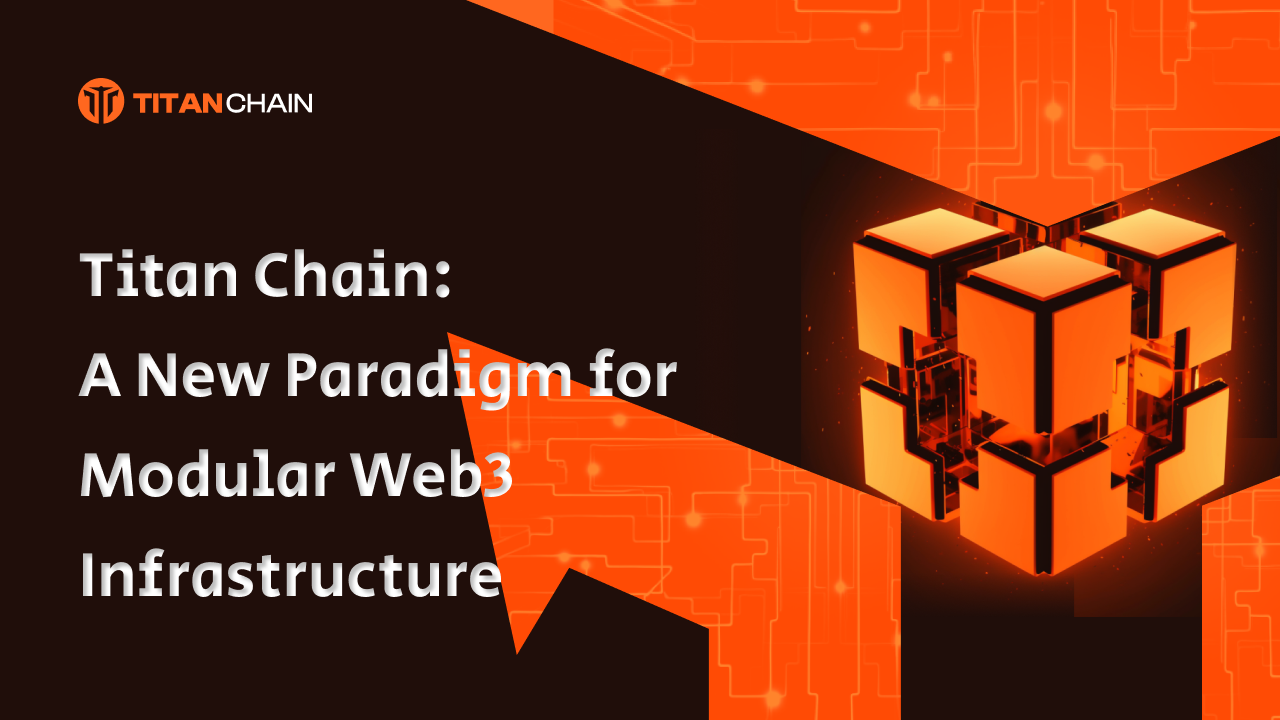In an increasingly competitive L1 landscape, as blockchain networks race to scale with real users, Titan Lab is building a next-gen, high-performance development platform—Titan Chain. Built on the Cosmos SDK, compatible with EVM, and featuring a modular design, Titan aims to bridge traditional finance and DeFi, pushing Web3 into its next phase of mainstream adoption.
Since its mainnet launch in 2024, Titan Chain has undergone several iterations and gradually formed a growing ecosystem. Its product stack includes Hyperion (a decentralized identity system), Powerflow (a yield aggregation protocol), and Untitled Wallet (a lightweight access point for users), creating a toolkit tailored for real-world scenarios. Supported by over 2 million users and $500 million in liquidity from Tokenize Xchange , and backed by strategic partners such as OneZero and Animoca Brands, Titan is positioning itself as a new Layer 1 with strong performance, compliance, and scalability.
The Origins and Architecture of Titan Chain
Titan Chain emerged from a reassessment of prevailing public chain architectures. Titan Lab identified the limits of monolithic design and instead embraced modularity as a long-term solution. Built on the Cosmos SDK and integrated with Tendermint Core, Titan offers higher transaction throughput and native cross-chain interoperability.
To address high development barriers and complex resource calls, Titan employs a modular smart contract deployment model. Developers can call standardized modules—such as compliance logic, account abstraction, or asset transfer functions—via a layered system architecture, reducing time-to-market and engineering costs.
Technical Highlights: Modularity and Interoperability
At the core of Titan Chain is its modular framework, which enhances developer flexibility and ensures system maintainability. For example:
- Developers can integrate compliance modules (e.g., KYC, address blacklisting) within a unified contract framework
- User identity is verified and permissioned via the Hyperion module
- Multi-asset liquidity and yield are aggregated through Powerflow
Titan also natively supports the IBC protocol, enabling efficient communication and asset transfers across the Cosmos ecosystem and other IBC-compatible chains. This paves the way for interoperability with Ethereum, BNB Chain, and beyond.
Ecosystem Strategy: From Use Case to Deployment
Titan Chain’s ecosystem strategy prioritizes real-world application. It focuses on three main areas: fintech, cross-border payments, and on-chain user tools. Powerflow has already been deployed across multiple centralized platforms and Web3 wallets, offering integrated DeFi yield services. Meanwhile, Untitled Wallet is designed to provide secure, accessible onboarding for new users.
Titan Lab is also investing in education and community engagement. In 2024, the team launched campus developer programs in collaboration with Taiwanese universities and organized in-person events across Southeast Asia, including Malaysia, to promote hands-on usage of the Titan ecosystem.
Conclusion: Titan as the Next-Phase Infrastructure for Web3 Growth
In a time when sovereign chains, performance chains, and compliance-focused chains are proliferating, Titan Chain isn’t trying to reinvent Ethereum. Instead, it’s charting a middle path—bridging existing technical consensus with a modular vision tailored for mass adoption.
With a strong technical foundation, modular design, and real-world deployment strategies, Titan is emerging as a serious contender in the Layer 1 landscape. Looking ahead, Titan Lab will continue to expand its ecosystem around cross-chain asset management, identity standards, and modular smart contract markets, aiming to provide a robust and open blockchain environment.
The next billion Web3 users may very well start their journey on Titan Chain.


